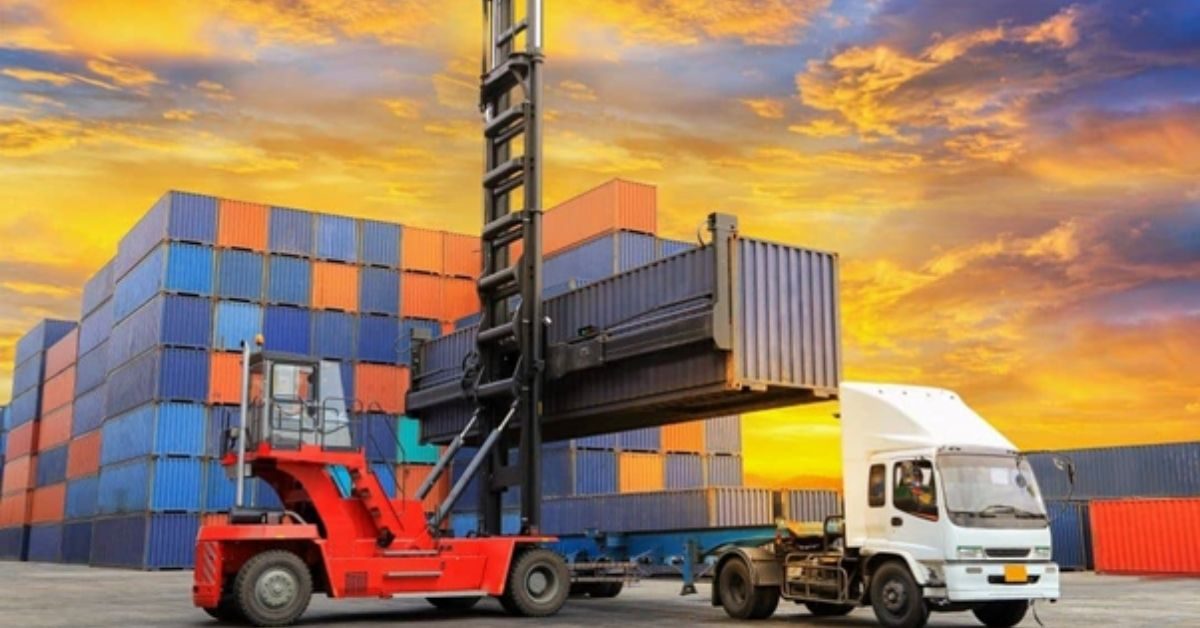National Logistics Policy has laid a strong foundation for the sector, paving way for improved efficiency.
The year 2022 will be remembered as the best year for India’s $250 billion logistics industry. A year after the pandemic hit the economy hard, the country saw both export and import bouncing back strongly with logistics providing the required support to spur growth.
The year’s biggest announcement was the unveiling of the National Logistics Policy (NLP) in September, giving a new lease of life to the highly fragmented and unorganised sector. It seeks to pave the way for India to become a logistics hub by providing seamlessly integrated multiple modes of transportation by leveraging technology, processes and skilled manpower.
The PM Gati Shakti scheme launched in 2021 envisaged efficiency in services like processes, digital systems and regulatory framework. The NLP is the logical next step.
Reducing cost
In 2018, India was ranked 44th in the World Bank Logistics Performance Index, a measure through which the Bank ranks countries based on their logistics performance. India currently records relatively higher logistics costs at 16 per cent of the GDP while it is 8-10 per cent for most of the mature economies. If implemented well, the NLP will help in reducing logistics cost to less than 10 per cent of the GDP from the present 16 per cent in a couple of years, say experts.
Various stakeholders with whom businessline spoke with agreed that the year ended on a positive note for the logistics industry and a strong foundation has been laid.
Says Rizwan Soomar, CEO and MD, DP World Subcontinent, the Indian logistics sector closed 2022 on a positive note on the back of robust import and export activity during the year. The Comprehensive Logistics Action Plan with its carefully crafted eight pillars will help operationalise the NLP in its quest to build an effective logistics infrastructure in the country. This will further help in making Indian goods even more competitive and provide a gateway for businesses to seamlessly connect to local as well as global value chains. While the government has provided a well-deliberated strategic direction to the sector through the NLP, each one in the industry has an equally important role to play in implementing this in synergy with each other, to help the sector unlock its full potential and to make trade flow with efficiency and reliability, he said.
Agreeing with Soomar, Pirojshaw Sarkari, CEO, GATI Ltd, says that 2022 has set the stage for the logistics industry for building an integrated and resilience ecosystem by eliminating the pockets of inefficiency. The NLP aims to improve transparency, efficiency, and inter-ministry and inter-agency collaboration through enabling an operational framework, multi-modal connectivity landscape and infrastructure support.
The evolving demand dynamics has led the logistics players to reinvent/enhance their service delivery framework and competencies. Companies now prefer to reduce the time to market and connect directly to their dealers. The trend which is fuelling demand for less than truckload services reduces order fulfilment cycle and increases delivery frequency, he added.
Exceeding targets
The year 2022 was an important year for India’s supply chain and logistics sector, feels Vineet Agarwal, Managing Director, Transport Corporation of India. “We believe that the coming years will show unmatchable results with a robust infrastructure and various integration policies being implemented. Reduced costs and improved efficiencies, will act as crucial enablers for achieving the target of $2 trillion exports by 2030,” he added.
According to Sanjay Bhatia, Co-Founder and CEO, Freightwalla, after two years of the pandemic and skyrocketing prices, this year has been nebulous in market behaviour. After witnessing record-breaking exports earlier this year, the last few months have seen a steep fall in the global demand for goods. The global trade industry has witnessed a trend reversal vis-a-vis previous months with excess inventory and lower demand. It is largely due to the mass layoffs amidst the impending fear of global recession.
“Although the escalating geopolitical tensions have been the biggest disruptors in the global EXIM dynamics, Q1 of 2023 is expected to bring some good news. We are optimistic about the demand rise in the new year, which will bolster the overall EXIM ecosystem of India,” he said.








